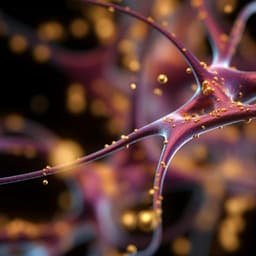
Computer Science
Predicting discrete-time bifurcations with deep learning
T. M. Bury, D. Dylewsky, et al.
This groundbreaking study reveals how deep learning classifiers can provide early warning signals for critical transitions in natural and man-made systems. By accurately predicting various bifurcation types, including period-doubling and fold bifurcations, the research offers a new frontier in monitoring critical dynamics. Conducted by Thomas M. Bury, Daniel Dylewsky, Chris T. Bauch, Madhur Anand, Leon Glass, Alvin Shrier, and Gil Bub.
~3 min • Beginner • English
Related Publications
Explore these studies to deepen your understanding of the subject.







